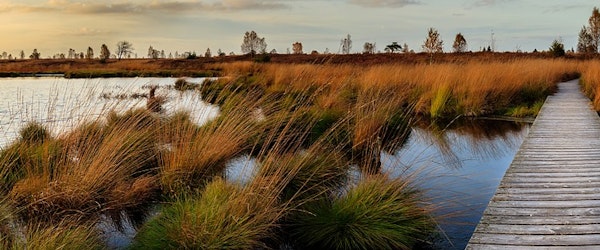
Natural Infrastructure Helps Prevent Natural Catastrophe Damage. Here’s 3 Ways Insurers Can Take Advantage
Friday, July 17th, 2020 Risk ManagementWhen a natural catastrophe strikes, the physical and economic damage to a community is undeniable. Roads flood, businesses face prolonged closures and insurance gets called in to help cover losses.
In 2019, natural disasters cost $137 billion in economic losses, only about $52 billion of which were covered by insurance.
Typically, when humans want to protect themselves from weather and climate related hazards, they build new infrastructure. Dams and levees help protect against flooding. Seawalls and bulkheads are built to protect against hurricanes, tsunamis and other tropical storms.
These structures, however, can weaken or break, causing their own waves of destruction and bring about other risks.
So while traditional infrastructure may have become the default solution to protect humans from weather and climate-related hazards, a growing body of scientific studies have found that natural resources, such as wetlands, coral reefs, floodplains and forests, can all be used to reduce risk.





